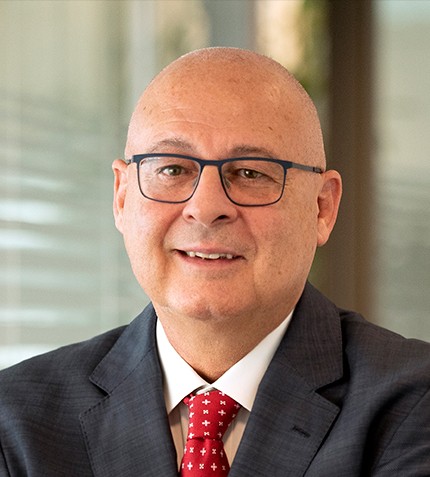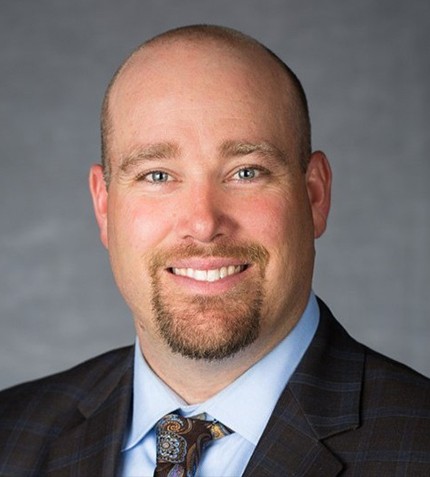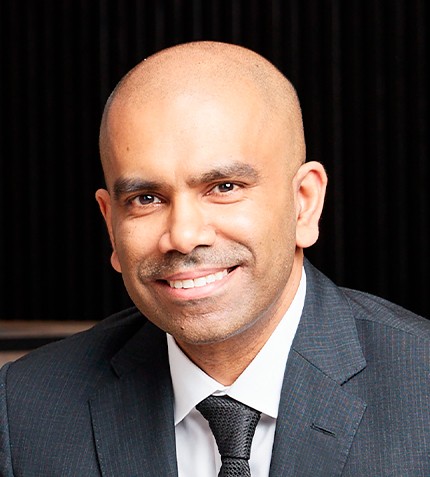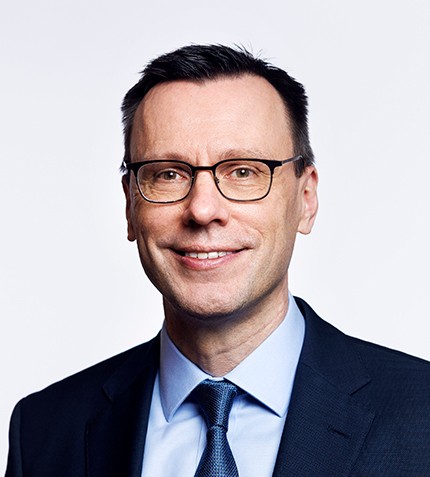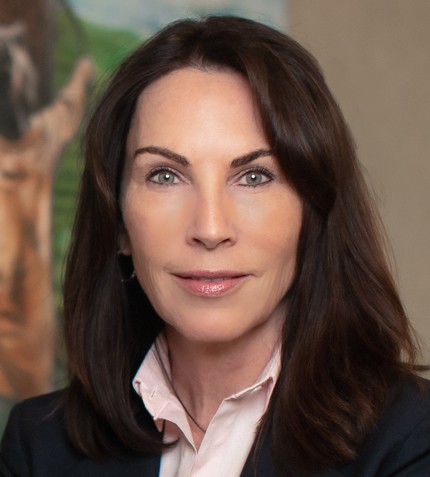
"Brazil is the fourth largest fertilizer consumer in the world, yet it is the most dependent country on fertilizer imports; 85% of the fertilizer consumed in 2021 was imported."
Corrine Ricard
PRESIDENT, MOSAIC FERTILIZANTES
Can you introduce Mosaic Fertilizantes?
Mosaic began operating in Brazil 19 years ago as a distributor of fertilizers that the company had mined and manufactured in Canada and the US. In 2018, we acquired Vale's potash and phosphate mines and are now the largest fertilizer company in the country. After acquiring Vale's assets, we focused on improving efficiency.
The fertilizer business is subject to wide price and margin fluctuations. To reduce our vulnerability, we have adopted a cost-minimization strategy that allowed Mosaic to exceed our initial savings targets by approximately US$200 million, and we are now on the verge of achieving a new target of US$500 million.
Investments in automation have been another important step in optimizing productivity and improving safety in our operations. The recent investment at Taquari-Vassouras was our first major investment to extend the life of the mine. Originally, the mine was expected to be depleted in 2024. Therefore, we began drilling to evaluate the possibility of extending the resource, and we also committed to purchasing new mining equipment. These strategies have allowed us to guarantee the operation of the plant until at least 2030 and to increase production from 300,00 t/y to 450,000 t/y.
What are the main challenges for Brazil to achieve self-sufficiency in fertilizers?
Brazil is the fourth largest fertilizer consumer in the world, yet it is the most dependent country on fertilizer imports; 85% of the fertilizer consumed in 2021 was imported. One of the barriers to fertilizer self-sufficiency is the difference in tax treatment between imports and domestic production. The current tax regime disincentivizes domestic production, making it more efficient to import fertilizer. Second, infrastructure deficiencies make it difficult and costly to transport products from mineral concessions to agricultural areas. Third, there are inconsistencies in federal and local regulations that make the permitting process for developing projects lengthy and complex.
The National Fertilizer Plan is a positive initiative to address the barriers to fertilizer self-sufficiency. It will facilitate coordination between the different levels of government, which we believe will lead to better development of the mining and food industry in the country.
How is Mosaic innovating to boost productivity?
The extraction of phosphates mostly requires surface mining that requires either dragline mining or blasting truck and shovel mining. Therefore, we are experimenting with autonomous and electric trucks for transporting materials over long distances to increase efficiency. We are also testing various autonomous systems for mineral mining, milling, and fertilizer production. In the case of potash mining, which is usually underground, we are focusing on introducing remote control systems to keep people safe during the mining process. This technology is also advantageous in cases where mines are located in remote or difficult-to-access areas.
What are the main demand trends in the fertilizer market?
There is a lot of conversation about soil health and regenerative agriculture, especially in Brazil, where agriculture accounts for 22% of GDP. Second, sustainability and healthy crop production are also very important issues. Agriculture must be intensive and sustainable.
Fertilizers are no longer just about nitrogen, phosphate, and potassium, but also about regenerating the organic matter in the soil to ensure it does not run out of nutrients and maintains biodiversity. Biological products aim to improve nutrient uptake in the plant; some of them make phosphorus more efficient, while others ensure that the microbiome in the soil is healthy. We are also developing products that make the carbon sequestration process more efficient, meaning we fertilize pastures and help them sequester carbon in their roots, just like trees.
Can you expand on Mosaic approach to ESG criteria?
We created the Mosaic Institute in 2008 to promote social development in local communities. Through the Institute, we invest in four pillars: food, education, water, and local development. We have several projects, one of the most interesting is the Village Project, which consists of identifying rural farms that need help in developing their programs so that they can grow sustainable crops.
What are the main priorities of Mosaic for the next two years?
Latin America is a growth engine for Mosaic, so we consider the opportunities in Brazil as a priority. We have made investments in our port of Fospar in Paraná to accommodate larger shipments. We have also announced investments in the Taquari-Vassouras mine and another investment in the state of Tocantins.




